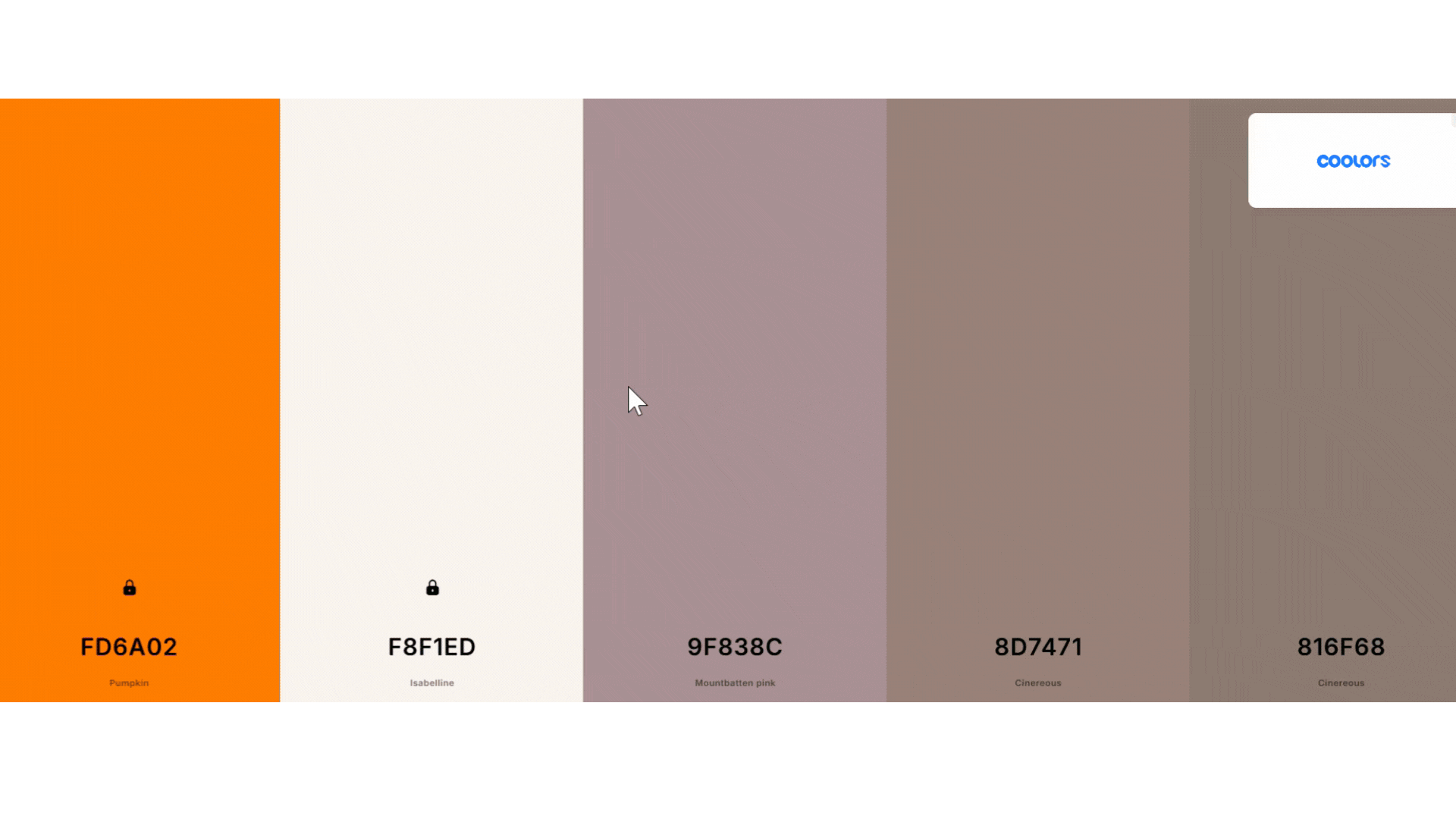Choosing A Colour For Your Brand

Choosing Your Brand Palette (Made Simple)
When people think of branding, the first thing that comes to mind is often colour. And while a brand is much more than simply a your colours, colour is one of the easiest places to start (especially if you’re launching a new business or personal brand and need a professional foundation to build from).
Note: This article isn’t a deep dive into brand identity. Think of this as a practical entry point only, a way to spark ideas about what your colours say about you, and a toolkit you can use to get started right away.
Why Colour Matters
Think of colour through the lens of symbolism. Across cultures, humans have always attached meaning to colour:
-
In Western societies, red often signals urgency or danger.
-
While in China, red represents good fortune and prosperity.
The same principles of symbolism apply to your brand. Colour associations shape how your business is experienced. For example: Purple can suggest luxury and vision while Orange feels friendly and bold.
At this early stage of your branding journey, your goal shouldn't be perfection, it should be simply making an educated decision to allow you to progress. Choosing colours that align with who you are and how you want to be seen gives you that simple foundation. From there, you and your brand can (and will) evolve.
Think Beyond the Logo
Most people will naturally start with their logo colours, but branding extends beyond that and to save time later it's important to contextualise what you'll need now. Eventually, you’ll need colours for:
-
Website backgrounds and buttons
-
PDF documents and presentations
-
Call-to-action highlights
-
Social media graphics
That’s why it’s worth building a complete palette early:
-
Primary colours → for your identity
-
Neutrals → for backgrounds and readability (for both white and black texts)
-
Accents → for highlights and emphasis

A Simple Process to Build Your Palette
Using the pointers provided in the post:
-
Pick your primary colour(s): Start with 1–2 that reflect your core brand personality.
-
Add neutrals: Light greys, whites, or off-whites work well under black text.
-
Include darker tones: Support your logo on white backgrounds without overpowering it.
-
Choose an accent colour: Use this for buttons, links, or bullet points that need attention.
To simplify this, you can use a free tool like Coolorsto help you generate your colour palette.
Simply enter and lock the hex codes of your core colours, hit the space bar, and the tool will generate a palette - complete with contextual neutrals and accent colours for you to choose from
Once you’re happy, upload your colours into a design platform like Canva. Saving them into your brand kit to remove the guesswork every time you start creating a new asset.
Colour Symbolism at a Glance

A Note on Personal Branding Within a Business
If you’re building a personal brand alongside your company role, align with your existing business aesthetics. You don’t need to reinvent the wheel, you just need to find your space within it.
A tool like Coolors is ideal here. Input the hex codes of your company colours and experiment with complementary palettes. This lets you:
-
Stay consistent with your company’s identity
-
Add personal touches that reflect your own style
-
Create assets that feel authentic to you while still aligned with your organisation
The key here is transparency. Share your thinking with managers. Explain how your palette complements the company brand while giving you a distinct presence. This isn’t about going rogue—it’s about strengthening and being additive to the companies overall brand story.
💡 Remember: Branding Will Evolve
Your first palette isn’t "your brand". Think of it as a launch pad, a way to simplify early decisions and start creating assets without overthinking.
As your business grows, your identity will naturally refine and you'll have the opportunity to refine your brand with it. The reality is that companies rarely scrap their brand entirely, they give it a facelift when the time is right.
So don’t wait for perfect. Pick your colours, put them to work, and let your brand grow alongside you.
Where Your Branding Can Go From Here
Once you’ve chosen your colours, you’ve laid the groundwork, but branding goes much further. Over time, you’ll want to consider:
-
Typography: Fonts that reflect your personality and tone.
-
Imagery style: Photography, graphics, and visual motifs that give consistency.
-
Voice and tone: The way your brand “sounds” in writing and speech.
-
Behaviours and values: How your business shows up for customers and communities.
-
Positioning: How you differentiate yourself in the market and tell your story.
Think of colour as your first step into brand identity, not the destination. As your business grows, these other elements layer on top, helping your brand feel not just consistent, but unforgettable.
Connect with Brad



